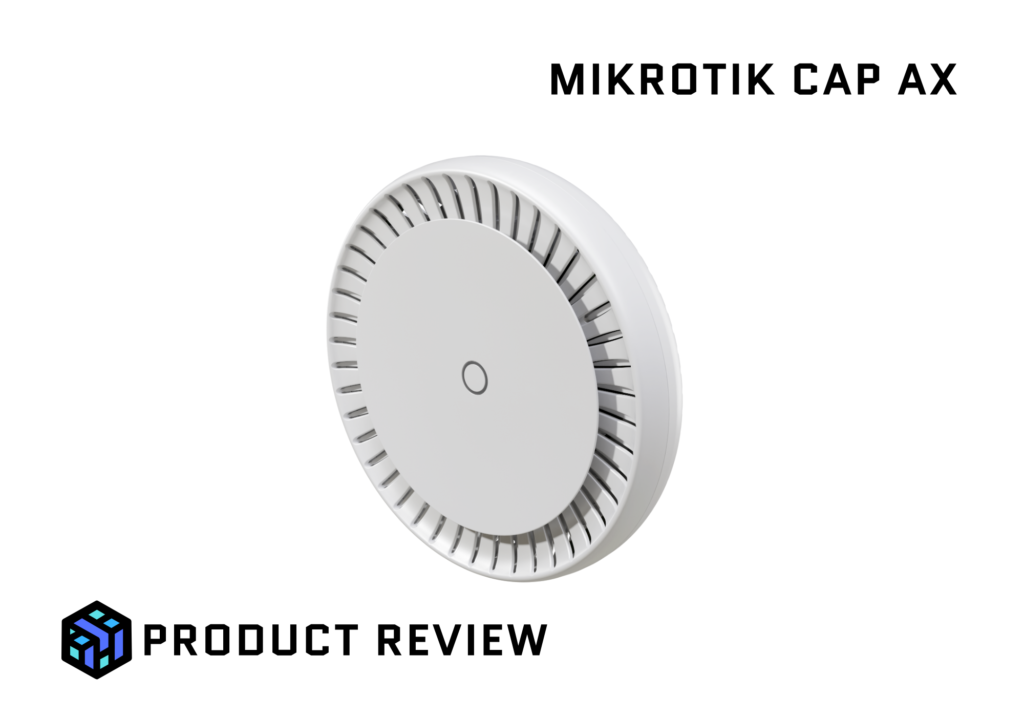Recursive routing is a method used in networking to determine the best path to a destination by resolving intermediate routes. It involves a process where a router checks its routing table to find the next-hop IP address and then performs another lookup to find the physical interface or actual next-hop that can reach this next-hop IP. This ensures efficient routing by resolving dependencies in multiple routing entries.
For example, consider a network where a router needs to send traffic to a destination network. The route to that destination might specify a next-hop IP address, but the router also needs to resolve how to reach that next-hop. Recursive routing ensures this resolution is done correctly, enabling seamless data transfer.
Recursive routing is particularly useful in scenarios involving:
- Dynamic routing protocols like BGP and OSPF.
- VPN tunnels where traffic is encapsulated and sent to specific endpoints.
- Failover and redundancy setups.
How Recursive Routing Works
- Initial Lookup: The router performs an initial lookup in the routing table to find the next-hop for the desired destination.
- Second Lookup: A second lookup determines how to reach that next-hop (e.g., through a specific interface or another next-hop).
- Packet Forwarding: Once the physical path is resolved, the router forwards the packet.
Benefits of Recursive Routing
- Simplifies routing table entries by allowing the reuse of common next-hop paths.
- Reduces the need for static routes.
- Enhances network scalability and flexibility.
What is Recursive Routing in MikroTik?
In MikroTik devices, recursive routing operates similarly, resolving the next-hop address in a multi-step process. This feature is critical for complex network setups like VPNs, GRE tunnels, or advanced failover mechanisms.
Setting Up Recursive Routing in MikroTik
To configure recursive routing in MikroTik:
- Define the Primary Route:
/ip route add dst-address=10.1.1.0/24 gateway=192.168.1.1 - Set Up the Recursive Route:
/ip route add dst-address=192.168.1.1/32 gateway=ether1In this case, 192.168.1.1 is the next-hop for the primary route, and the second route resolves its physical interface.
Scopes in Recursive Routing
In MikroTik, the scope and target-scope parameters control how routes are resolved.
| Parameter | Description |
|---|---|
| Scope | Defines the visibility of a route. Lower values are more specific and used for directly connected routes. |
| Target Scope | Indicates the depth of recursion allowed for a route. Higher values allow recursive lookups. |
Scope Levels in MikroTik
| Scope Value | Use Case |
| 10 | Directly connected routes (e.g., interfaces). |
| 20 | Static routes. |
| 30 | Dynamic or recursive routes. |
For example, a route with a target-scope of 30 can recursively resolve another route with a scope of 20.
Common Use Cases for Recursive Routing in MikroTik
- VPN Configuration: Determining the next-hop for encrypted traffic.
- Failover: Switching traffic to backup links when the primary path fails.
- Advanced Load Balancing: Resolving paths dynamically for traffic distribution.
Troubleshooting Recursive Routing Issues
- Check Routing Table: Ensure all routes are properly defined with correct gateways.
- Verify Scope Settings: Misconfigured scope values can cause routing loops or unresolved paths.
- Monitor Route Flapping: Recursive dependencies can sometimes lead to unstable routes if not carefully planned.
In summary, recursive routing is a powerful tool in networking, and MikroTik provides robust support for its implementation. Understanding and configuring scopes effectively can help optimize your network’s performance and reliability.



